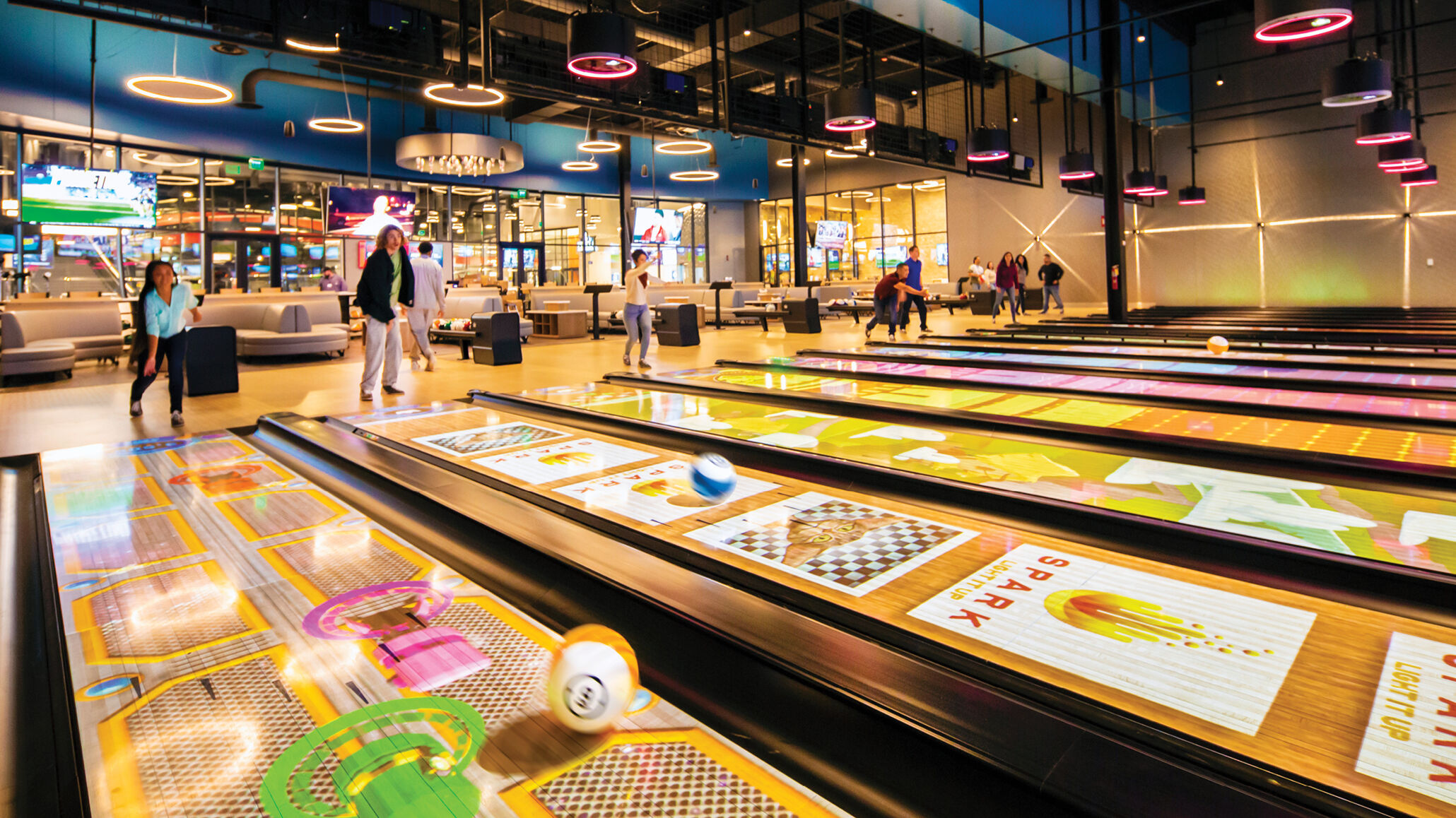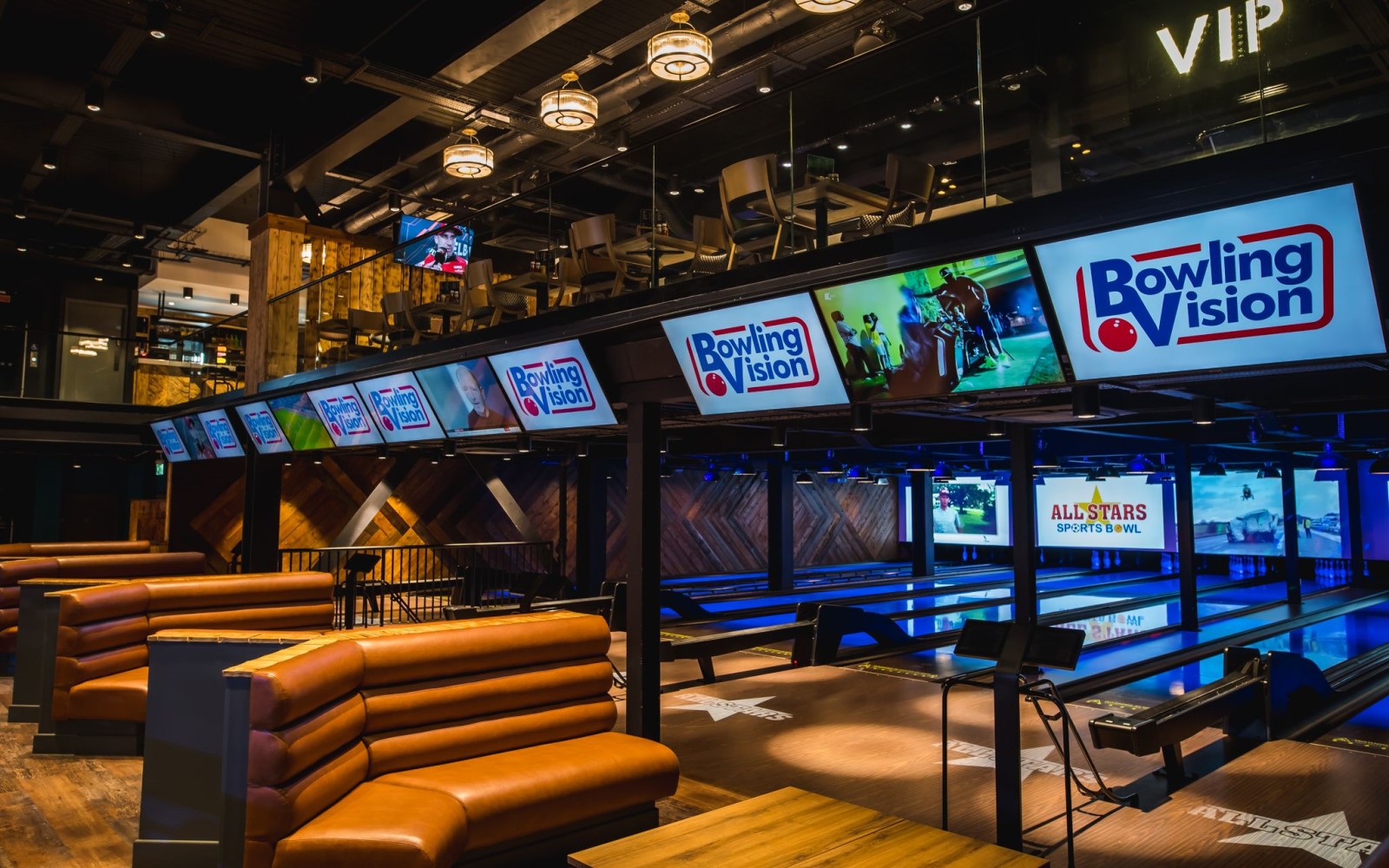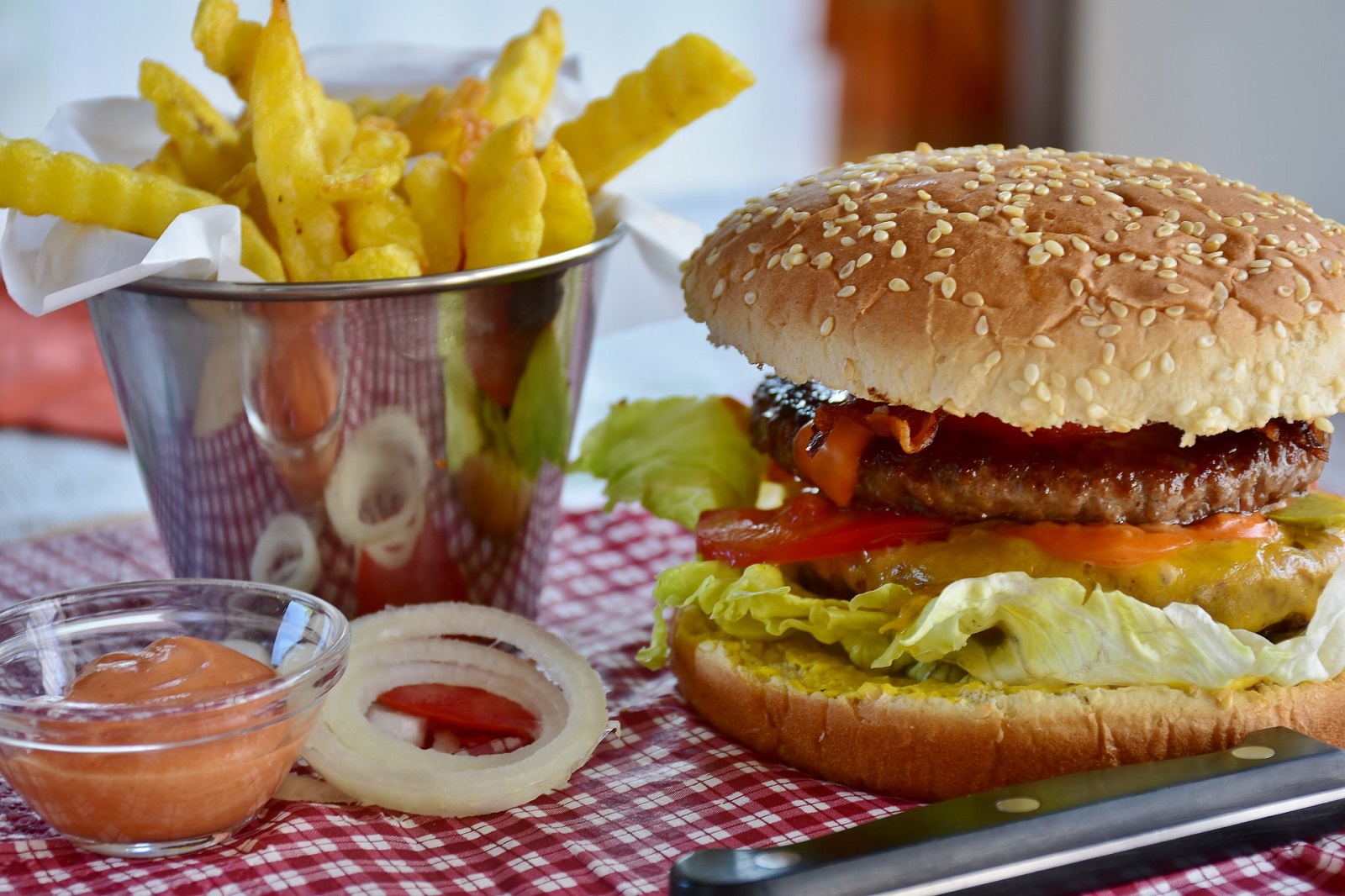Some simple activities business owners and senior managers could be completing now to get their Leisure & Hospitality businesses ready to re-open in a better place than they were before the closure.
1. Reduce your F&B range
Inevitably, footfall will not return immediately pre-lockdown levels. Even if it did, over large food menus and drinks ranges are pretty commonplace anyway so this is a useful exercise regardless.
As a general guide, aim to reduce the ranges to around 50% of the items you sold before closing.
Use your EPOS reports to work out the top 50% sold drinks items and top 50% sold food items by both:
a) revenue, and
b) number of sales.
These short lists will usually be fairly consistent, but if they’re not, do combine the two together (otherwise you’ll end up delisting something that’s only available as an upsell or similar).
These lists should become your new core range.
Run everything not on the lists right down by simply not re-ordering it. Yes, this will cause your menus to be a bit of mess for a while, however, I think that’s a price you should be willing to pay.
If there’s an item outside the top 50% that you feel you should keep because you have a great big poster advertising it, then you should question why you’ve chosen to have a big poster advertising it – it’s clearly still not popular even with the PoS.
For almost every venue, completing this task will reduce your ongoing ordering costs, speed up service, reduce wastage and improve the quality of your F&B offering.
It is not a coincidence that it’s the first thing reality TV chefs do when they walk into a struggling restaurant – ‘real life’ consultants do this too.
2. Review your pricing
Unless you’re in somewhere like Shoreditch and your pricing only has individual numbers with no currency symbols, you’ve probably got pence showing in your pricing. If you do, and the item is over £4.00, then that pence amount should probably be 95p (or 99p, but no-one likes copper coins, and it does appear a bit 99p store, so 95p will have to do).
Under £4.00 I think there is still some customer perception of the difference between, say, £x.50 and £x.95, but after that, there is little evidence to be found. Any perception on penny differences is being further eroded as card payments continue to dramatically overtake cash in most areas, and this will only accelerate as customers are encouraged to pay contactless.
This is called Charm Pricing, and lots of smart people have already described how it works, so there’s no need for me to go through it again. Go check out Target 1 in this piece by Nick Kolenda if you want to read the science behind it.
3. Ask your staff about what they think is hurting service levels
This only really works if you can talk to some of the staff from the sites – not the managers, but some of the staff. Hold a video call with group, so it’s less intimidating, and try and identify what they think is stopping them from delivering good service to the customers. Don’t get frustrated when they inevitably say there’s not enough staff – the site may be spending ‘too much money on labour’ according to a budget/your opinion, but that doesn’t mean the management team are deploying that labour correctly.
Take some notes, and then investigate – you’ll probably have access to rota’s, payroll reports, spec sheets, checklists and everything else you need. There’s time now to work out what’s actually going wrong to make the staff feel the way they do, and hopefully fix it.
Good news – when they also say ‘piece of equipment x (probably the glass washer) doesn’t work’, you get to check that in the next step.
4. Complete a process audit
Ask one of your managers for the full set of daily checklists (and applicable training documents to back them up) for their site. Go into that site without any of the team that usually work there. Using the checklists, complete a full opening procedure, turn all equipment on for usage, make and serve some F&B items, play some activities, and complete a full closedown procedure.
At the end of this process you’ll have not only tested all the equipment in the building – which is useful in itself – but crucially you will have identified the gaps in your operating process documentation. Remember – if something isn’t clearly written down in unambiguous language, (and effectively communicated to the staff team of course) then it’s not going to be done consistently.
You can now spend some time working with your managers to get this documentation reviewed and completed properly before opening.
5. Make a comprehensive 'to do' list
While you’re in the building, walk round every single area and make a note of literally everything that needs doing to make it a more welcoming, safer and professional looking environment.
When we’re working day to day, especially in the same building, we become blind to things that are wrong. It’s unavoidable and not to be concerned with, it’s just something the human brain does unfortunately. However, this enforced absence from the building should have allowed you to reset that outlook – you’ll suddenly see the rips in carpet, lamps out and chipped paint that has become ‘wallpaper’ over a period of time.
When you have your list, assign responsibility to whoever will be doing it, give a clear deadline for when it needs doing, and crucially, a budget to do the job. If any of these three things are missing, the work won’t get done on time. Don’t worry if the deadline is 2030, by demonstrating that you’ve identified items as an issue and communicated that you want to fix them to your team, you will be subtly creating an improvement in their standards if nothing else.
6. Review your internal point of sale
While you’re doing this, watch out for Point of Sale items which don’t fit your branding (old logo, incorrect colour scheme etc), and even worse, unclear PoS. If you look at an item of PoS and it doesn’t immediately tell you what to do as a result (i.e. give you a call to action) then it’s either pointless, or the equivalent of a piece of art – in which case make sure it looks good at least.
Particularly for Leisure venues, remember what internal Point of Sale is for – influencing the purchasing behaviour of people INSIDE THE BUILDING. In a Leisure venue, by the time they are inside, the customer has almost always already decided to come and do the activity, so don’t waste time advertising ‘deals’ or ‘offers’ based on activities inside the venue – you run the risk of discounting customers willing to pay full price. Instead, focus on driving F&B sales, or activity advertising that will drive non-regular visits – such as Birthday Parties, Team Building events etc.
By the way, if you’re worried about customers not purchasing the correct deal that leads to the most Spend per Head or dwell time, work on your front desk staff training or online booking process – the problem should be fixed there, not with PoS.
7. Sit down at a table in your F&B area for 60 minutes
Take a book, a laptop or whatever you like with you and just sit at one of the tables you ask your customers to sit at on a daily basis.
Put your hand down the gap between the seat cushion and the back and see how dirty it is, check under the table for chewing gum, see if the table is level, make sure you can read the menu in the available light – basically check all the things that make an environment that you sit in suitable for you to enjoy spending time there.
At the end of the 60 minutes, think about how comfortable you are/aren’t, and start thinking about putting in place a plan to replace the furniture at somepoint in the future.
8. Review your energy contracts, insurance & other overheads
A proper purchasing consultant can deliver massive results. Obviously there are some great buying groups that can save you money on everyday consumables and F&B items, but lots of people fall into the trap of forgetting about the massive costs of power, water, gas, insurance etc. These are specialist fields, where the best prices are genuinely only available to those with the right contacts – and the people with the right contacts can almost always deliver a saving. Get in touch with Eddie at Chapter Three Consulting and he will help you out. He’s just saved a mutual client £5k per month, including a backdating of 2 months – I imagine £10k would be very welcome right now.
9. Make sure that your compliance activity is up to date
This one is a lot more obvious of course, but I think it’s still worth mentioning because it’s so important.
I strongly doubt anyone has been completing every aspect of ongoing H&S related compliance (Emergency Lighting draindowns, interim Fire Training refreshers etc) during this period of shutdown, and there may even be some annual renewal items that have slipped through the net.
Take the opportunity when you’re in the venue during to go through the compliance files and make a list of items to get up to date. If there’s anything critical on the list, take the responsibility for getting it sorted out on yourself rather than delegating it to the site manager – they are going to be incredibly busy when they return to work, and the last thing you want to do is risk missing something vital.
10. Put some job ads out
The reality is, not all your staff will come back – and this definitely applies to the ones that weren’t still being paid during this period.
The good news is, there will be lots of good potential staff out there looking for work. Act as soon as possible, and gather up the best ones (within a sensible labour spend budget of course).
If you do need any assistance, get in touch by sending an email to support@bowlingvision.com – we’re always happy to help with completing any of these activities.






